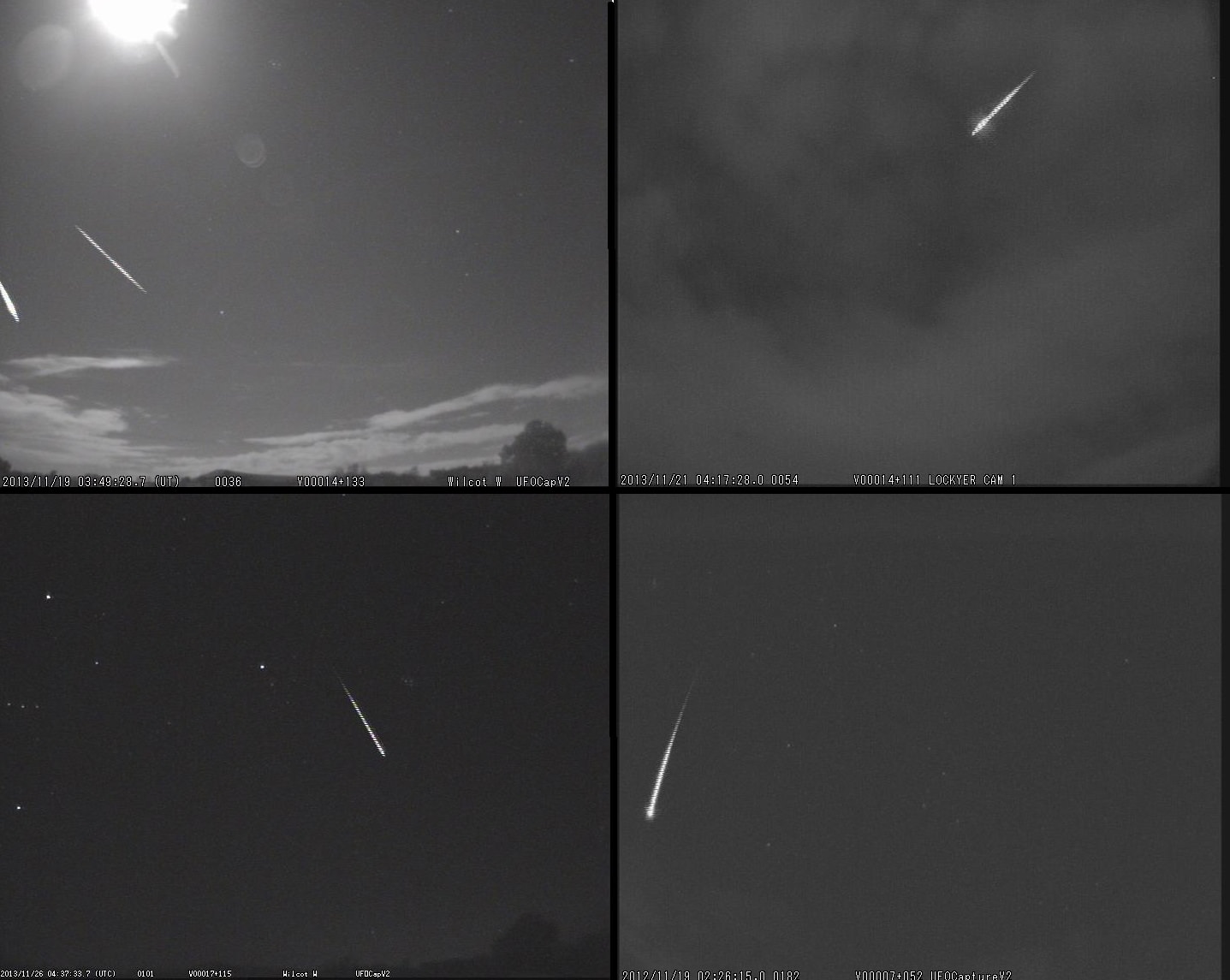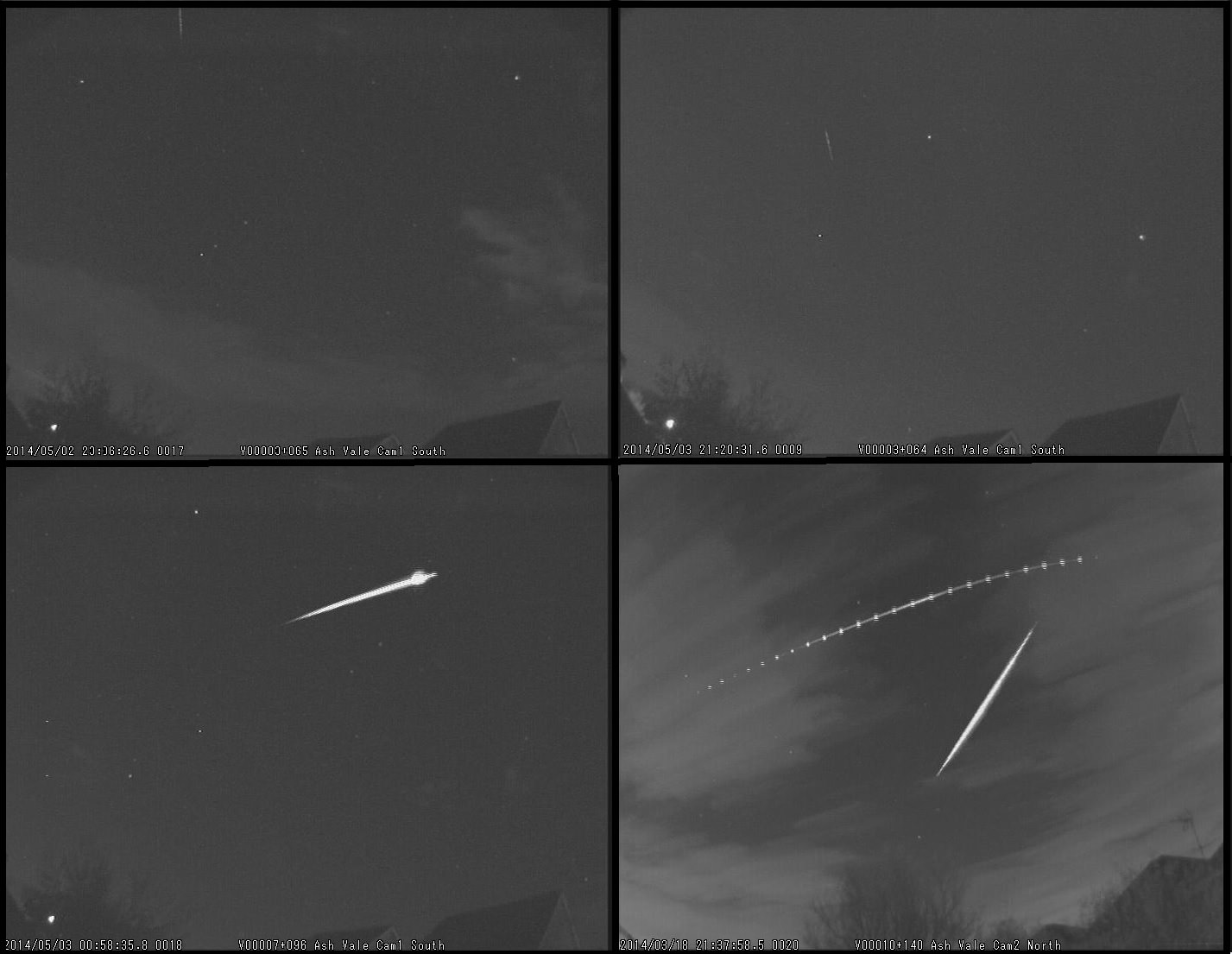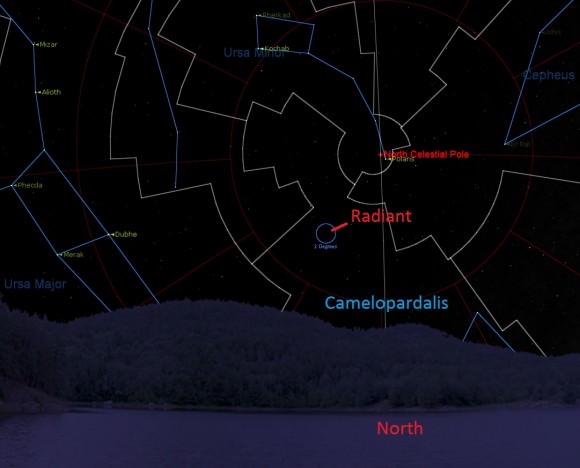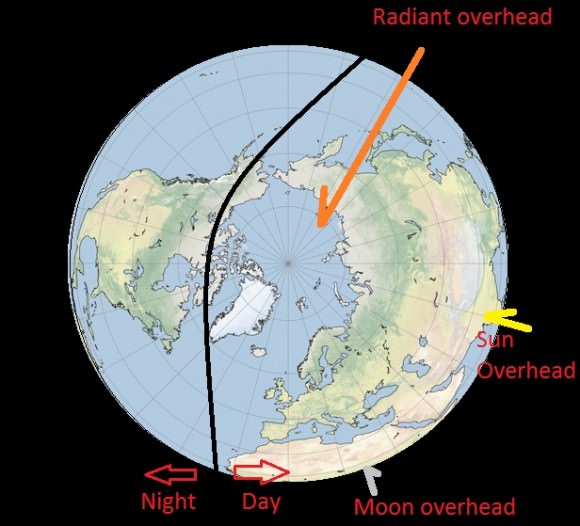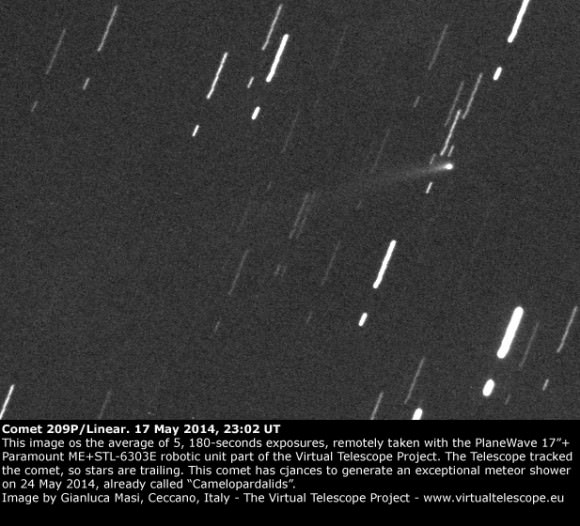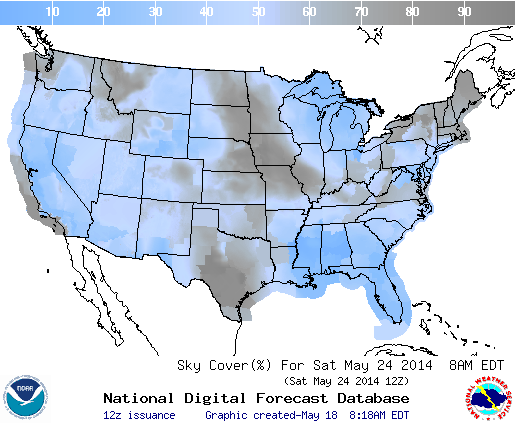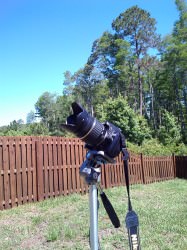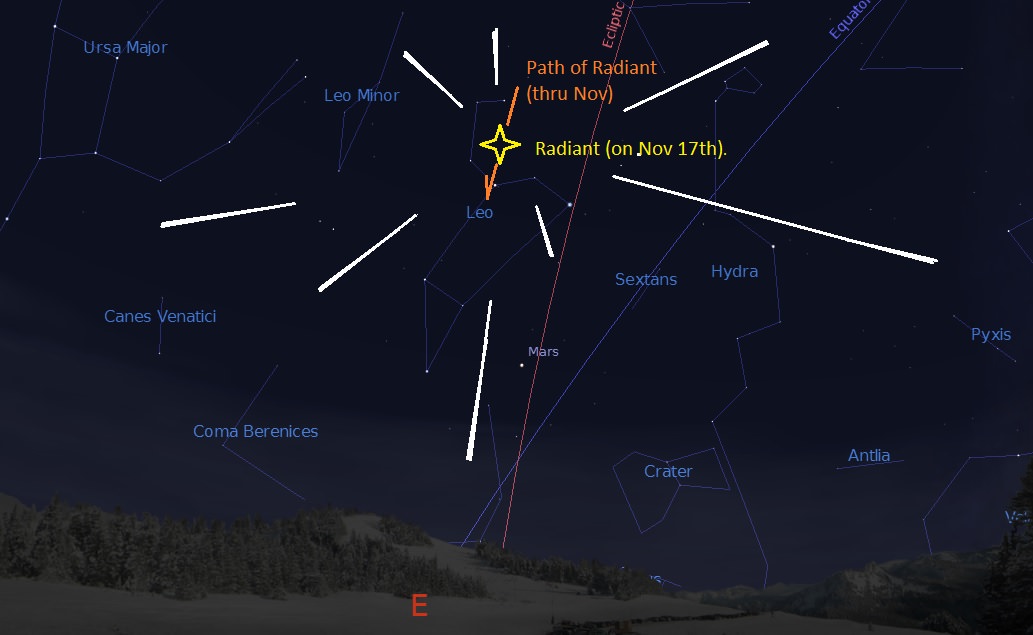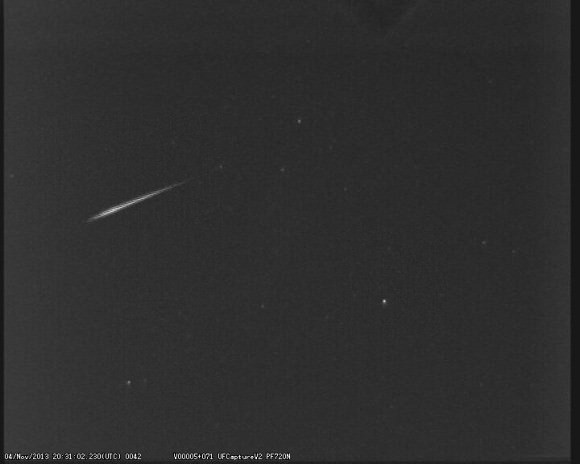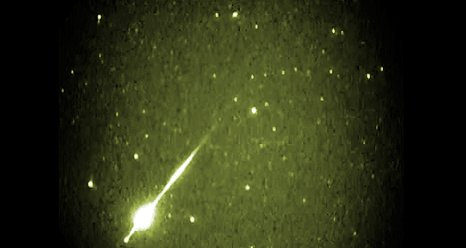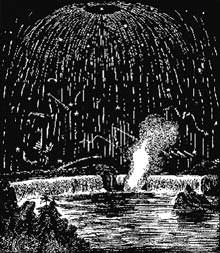If there’s one meteor shower that has the potential to bring on a storm of epic proportions, it’s the Leonids. Peaking once every 33 years, these fast movers hail from the Comet 55P Temple-Tuttle, and radiate from the Sickle, or backwards “question mark” asterism in the constellation Leo. And although 2014 is an “off year” in terms of storm prospects, it’s always worth taking heed these chilly November mornings as we await the lion’s roar once again.
The prospects: 2014 sees the expected peak of the Leonids arriving around 22:00 Universal Time (UT) which is 5:00 PM EST. Locally speaking, a majority of meteor showers tend to peak in the early AM hours past midnight, as the observer’s location turns forward facing into the oncoming meteor stream. Think of driving in an early November snowstorm, with the car being the Earth and the flakes of snow as the oncoming meteors. And if you’ve (been fortunate enough?) to have never seen snow, remember that it’s the front windshield of the car going down the highway that catches all of the bugs!
This all means that in 2014, the Asian Far East will have an optimal viewing situation for the Leonids, though observers worldwide should still be vigilant. Of course, meteor showers never read online prognostications such as these, and often tend to arrive early or late. The Leonids also have a broad range of activity spanning November 6th through November 30th.

The predicted ideal Zenithal Hourly Rate for 2014 stands at about 15, which is well above the typical background sporadic rate, but lower than most years. Expect the actual sky position of the radiant and light pollution to lower this hourly number significantly. And speaking of light pollution, the Moon is a 21% illuminated waning crescent on the morning of November 17th, rising at around 2:00 AM local in the adjacent constellation of Virgo.
The Leonids can, once every 33 years, produce a storm of magnificent proportions. The history of Leonid observation may even extend back as far as 902 A.D., which was recorded in Arab annals as the “Year of the Stars.”
But it was the morning of November 13th, 1833 that really gained notoriety for the Leonids, and really kicked the study of meteor showers into high gear.
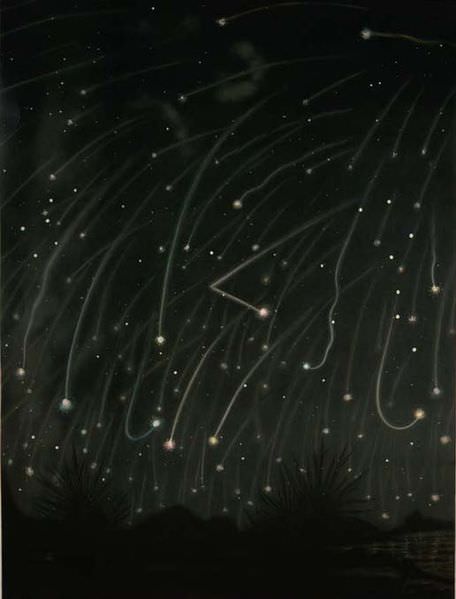
The night was clear over the U.S. Eastern Seaboard, and frightened townsfolk were awakened to moving shadows on bedroom walls. Fire was the first thing on most people’s minds, but they were instead confronted with a stunning and terrifying sight: a sky seeming to rain stars in every direction. Churches quickly filled up, as folks reckoned the Day of Judgment had come. The 1833 Leonid storm actually made later historical lists as one of the 100 great events in the United States for the 19th century. The storm has also been cited as single-handedly contributing to the religious fundamentalist revivals of the 1830s. Poet Walt Whitman witnessed the 1833 storm, and the song The Stars Fell on Alabama by Frank Perkins was inspired by the event as well.
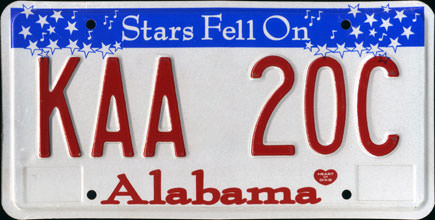
But not all were fearful. Astronomer Denison Olmsted was inspired to study the radiants and paths of meteor streams after the 1833 storm, and founded modern meteor science. The Leonids continued to produce storms at 33 year intervals, and there are still many observers that recall the spectacle that the Leonids produced over the southwestern U.S. back 1966, with a zenithal hourly rate topping an estimated 144,000 per hour!
We also have a personal fondness for this shower, as we were fortunate enough to witness the Leonids from the dark desert skies of Kuwait back in 1998. We estimated the shower approached a ZHR of about 900 towards sunrise, as a fireballs seemed to light up the desert once every few seconds.

The Leonids have subsided in recent years, and have fallen back below enhanced rates since 2002. Here’s the most recent ZHR levels as per the International Meteor Organization:
2009: ZHR=80.
2010: ZHR=32.
2011: ZHR=22.
2012: ZHR=48.
Note: 2013 the shower was, for the most part, washed out by the Full Moon.
But this year is also special for another reason.
Note that the 2014-2015 season marks the approximate halfway mark to an expected Leonid outburst around 2032. Comet 55P Tempel-Tuttle reaches perihelion on May 20th, 2031, and if activity in the late 1990s was any indication, we expect the Leonids to start picking up again around 2030 onward.

Observing meteors is as simple as laying back and looking up. Be sure to stay warm, and trace the trail of any suspect meteor back to the Sickle to identify it as a Leonid. The Leonid meteors have one of the fastest approach velocities of any meteor stream at 71 kilometres per second, making for quick, fleeting passages in the pre-dawn sky. Brighter bolides may leave lingering smoke trails, and we like to keep a set of binoculars handy to examine these on occasion.
Looking to do some real science? You can document how many meteors you see per hour from your location and send this in to the International Meteor Organization, which tabulates and uses these volunteer counts to characterize a given meteor stream.
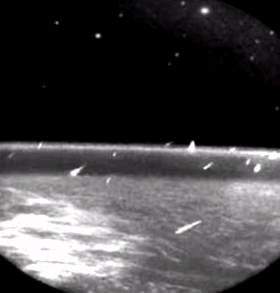
And taking images of Leonid meteors is as simple as setting your DSLR camera on a tripod and taking long exposure images of the night sky. Be sure to use the widest field of view possible, and aim the camera about 45 degrees away from the radiant to nab meteors in profile. We generally shoot 30 second to 3 minute exposures in series, and don’t be afraid to experiment with manual F-stop/ISO combinations to get the settings just right for the local sky conditions. And be sure to carefully review those shots on the “big screen” afterwards… nearly every meteor we’ve caught in an image has turned up this way.
Don’t miss the 2014 Leonids. Hey, we’re half way to the start of the 2030 “storm years!”

